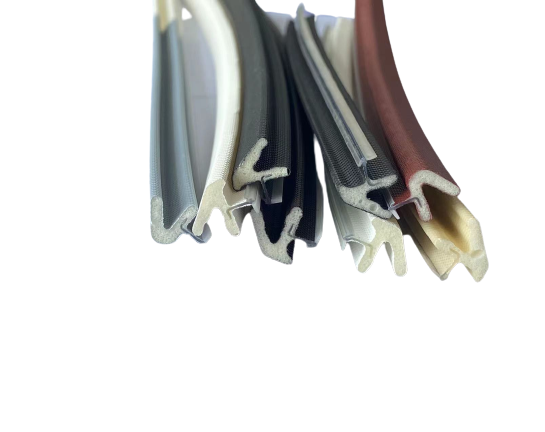Oct . 20, 2024 02:16 Back to list
car door seal tape
The Essential Guide to Car Door Seal Tape
When it comes to maintaining the integrity of your vehicle, one often overlooked component is the door seal. The car door seal tape plays a crucial role in ensuring that your car remains airtight, soundproof, and well-protected from the elements. In this article, we will explore the importance of car door seal tape, the types available, how to apply it, and tips for maintenance.
Understanding Car Door Seal Tape
Car door seal tape serves as a protective barrier between the car body and the door, helping to keep out wind, dust, water, and noise. Over time, these seals wear out due to exposure to weather conditions, frequent use, or simply aging, which can lead to leaks and increased cabin noise. Seal tape comes in various forms, including foam, rubber, and adhesive-backed options tailored for specific automotive needs.
Why is Car Door Seal Tape Important?
1. Water Resistance A well-functioning door seal prevents water from entering the cabin, protecting the interior from moisture damage that can lead to mold, rust, and electrical issues.
2. Noise Reduction Effective seals contribute to a quieter driving experience by minimizing wind noise and vibrations. This is particularly important for those who spend a lot of time in their vehicles.
3. Energy Efficiency Proper door seals can improve your vehicle’s energy efficiency by helping to maintain the desired cabin temperature. This can lead to less strain on the heating and cooling systems, potentially extending their lifespan.
4. Enhanced Security Seals also play a role in your vehicle's overall security. Tightly sealed doors can reduce the likelihood of break-ins by making it more difficult for potential intruders to access the car.
Types of Car Door Seal Tape
1. Foam Seal Tape This type is soft and flexible, making it easy to compress. It is typically used in areas that require a tighter seal but can wear out faster than other types.
2. Rubber Seal Tape More durable than foam, rubber seals provide excellent weather resistance and lifespan. These are ideal for long-term use but may require more effort during installation.
3. Adhesive-backed Foam or Rubber Tape This type comes with a sticky backing for easy application. It combines convenience with decent sealing properties, making it a popular choice for DIY enthusiasts.
car door seal tape

How to Apply Car Door Seal Tape
1. Preparation Start by cleaning the area where the tape will be applied. Use soap and water to remove dirt, grease, and old sealant, followed by thorough drying.
2. Measurement Measure the length of the area requiring seal tape, ensuring you have enough material. It’s better to have a little extra than to run short midway through.
3. Cutting Cut the seal tape to the appropriate lengths. Sharp scissors or a utility knife work best here.
4. Application Remove the backing of the adhesive tape, if applicable, and carefully apply the tape along the edge of the doorframe. Ensure it adheres securely, pressing it down firmly as you go.
5. Testing Close the door and check for gaps. If any areas seem insufficiently sealed, you may need to apply additional tape or adjust the current strip.
Maintenance Tips
- Regular Inspections Make it a habit to inspect the door seals every few months. Look for signs of wear such as cracks, tears, or areas where the tape has come loose.
- Cleaning Keep the seals clean by wiping them down with a damp cloth. Avoid harsh chemicals that could degrade the material.
- Replacement If you notice any significant deterioration, it’s essential to replace the seal tape promptly to prevent further issues.
Conclusion
Car door seal tape is a vital, yet often overlooked, component of vehicle maintenance. By understanding its significance and how to properly apply and maintain it, car owners can protect their vehicles from the elements, enhance comfort, and prolong the lifespan of their car’s interior and systems. Whether you choose foam, rubber, or adhesive-backed options, ensuring a good seal will contribute significantly to your driving experience.




